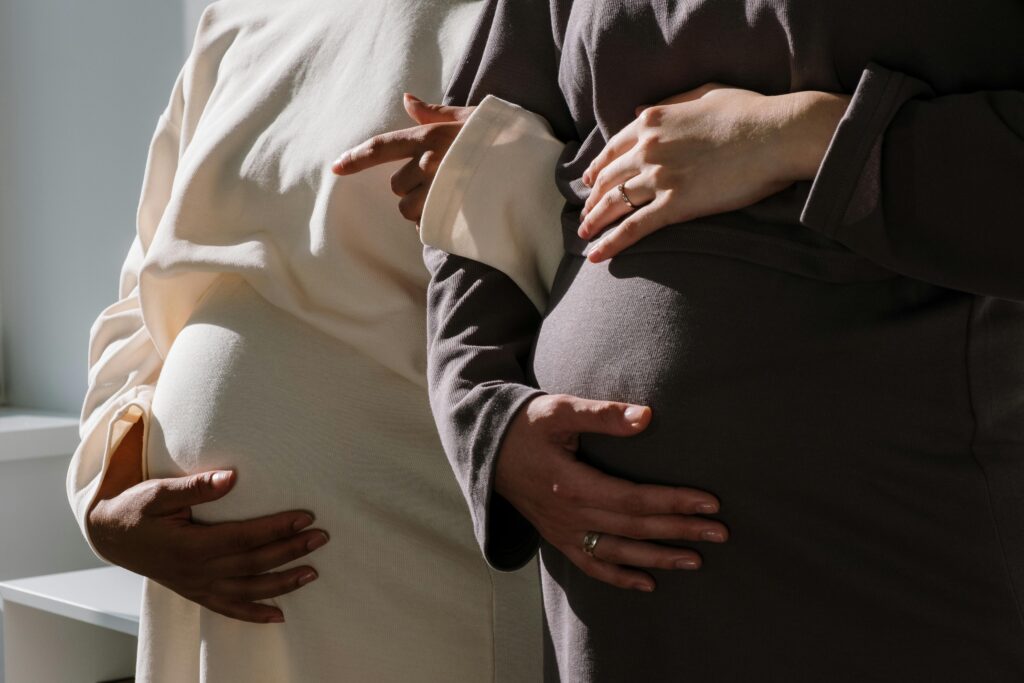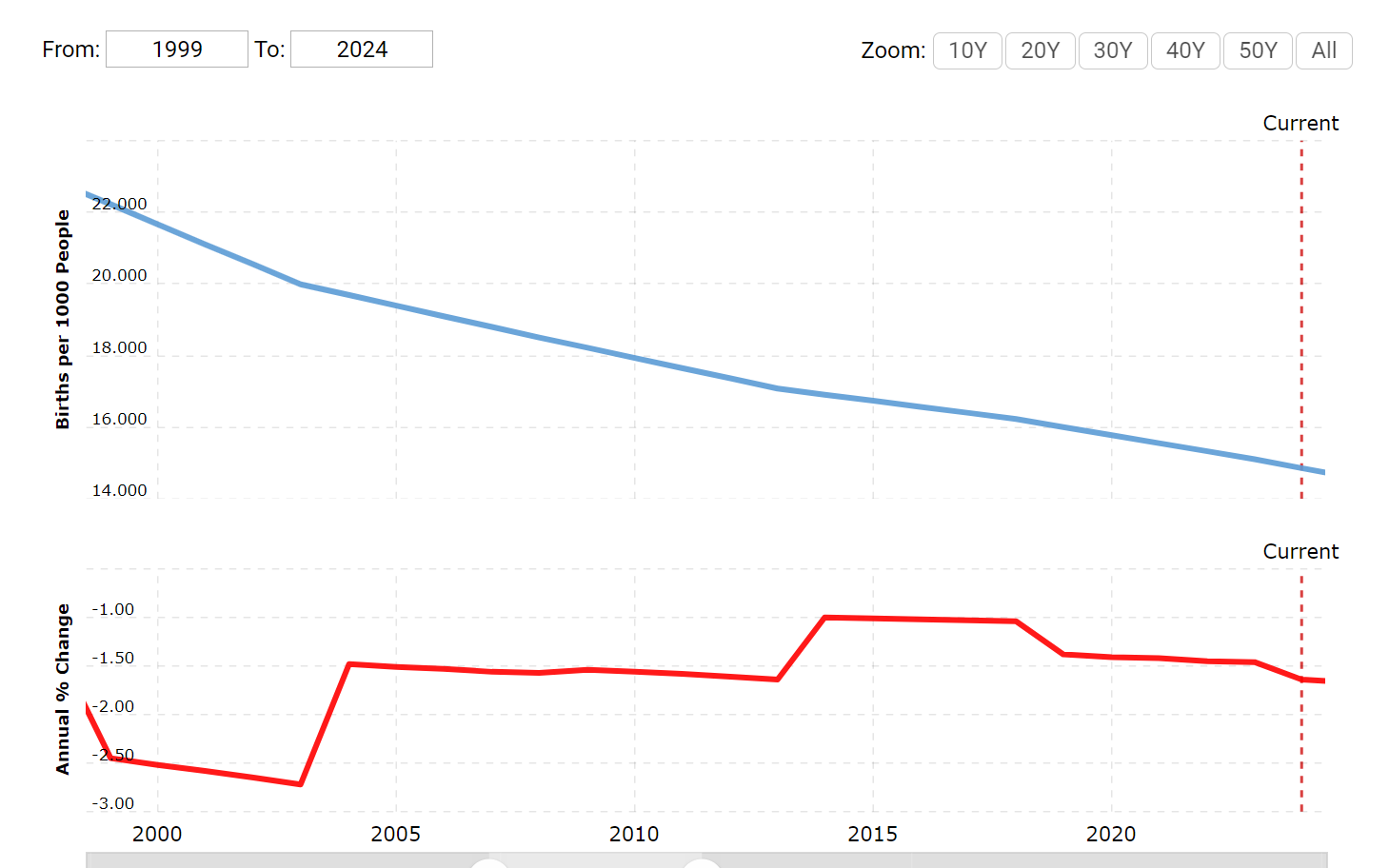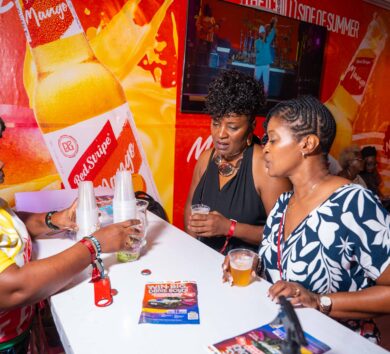

Since the early 2000s Jamaica’s birthrate has been in a steady decline and the data shows that this trajectory will not improve soon.
According to recent data released by the Statistical Institute of Jamaica (STATIN), the country’s fertility rate has reached its lowest point in decades, showing a significant drop since 2021.
Macfrotrends also showed the island’s birthrate statistics in detail. In 2024, the birth rate for Jamaica is 14.859 births per 1000 people, representing a 1.64 per cent decline from 2023. The fertility rate for Jamaica in 2024 is 1.903 births per woman, indicating a 0.63 per cent decline from 2023. In 2023, the fertility rate for Jamaica was 1.915 births per woman, showing a 0.78 per cent decline from 2022.

Economics
Several factors contribute to this trend and economics is a major one.
High costs of living and limited access to affordable housing, are major concerns for young families.
In an interview with Our Today, Elizabeth, 38, an accountant has one child, a 17-year-old and she refuses to have any more.
“Who is going to help me take care of the child? I can barely take care of the one I have,” she scoffed. “I have done my earthly duty of multiplying. There were no rules in the Bible that indicated that I needed to multiply more than once.”

Elizabeth’s sentiments were shared by other women, of child-rearing ages, who did not see how they could have children, acknowledging the island’s economic position as a deterrent.
Additionally, increasing educational and career opportunities for women are leading many to delay childbirth or opt for fewer children. More Jamaican women are unemployed than men, covering 7.1 per cent of the island’s total.
According to the Planning Institute of Jamaica (PIOJ), for the Fiscal Year 2023/24 Jamaica’s Gross Domestic Product (GDP) is estimated to have grown by 2 per cent. The out-turn for the fiscal year was supported by improved performances in all industries, except for Agriculture, Construction and Producers of Government Services.
This growth did not positively impact the island’s birthrates.
The steady decline regardless of small steps forward in our economy reflects a broader social shift in Jamaica. As more women pursue higher education and career advancement, they are increasingly postponing family life — this is also true of men. This, combined with economic uncertainties, lack of housing opportunities, high turnover rate at jobs, poor pay, and many other factors play a massive role in the declining birth rates.
Implications for the future
The drop in birth rates presents both challenges and opportunities for Jamaica.
On one hand, a smaller, younger population could strain the country’s social security systems and lead to potential labour shortages in the future. It could also mean a lower GDP for the island.
On the other hand, it could also make way for a more sustainable approach to development, with a focus on improving quality of life and investing in technology and innovation.
The Government of Jamaica has said it is currently evaluating strategies to address these demographic changes. Policy discussions about enhancing support for families, including improving access to childcare and creating incentives for younger couples to start families.

Many young adults express concerns about financial stability and job security, which they believe directly influence their decisions regarding parenthood.
“It’s hard to think about starting a family when you’re worried about making ends meet,” says Marcia Thompson, a 29-year-old teacher. “The idea of having children is wonderful, but it’s also a huge financial and time commitment.”
Conversely, some view the trend as an opportunity to rethink societal values and priorities.
“Maybe it’s time we focus more on quality of life and less on quantity,” suggests Jared, a 32-year-old restaurant manager. “Fewer births could lead to more resources per child and better overall family well-being.”
The drop in birth rates is a deep issue with far-reaching implications, and it will require thoughtful and proactive measures from both the government and the Jamaican populace.







Comments